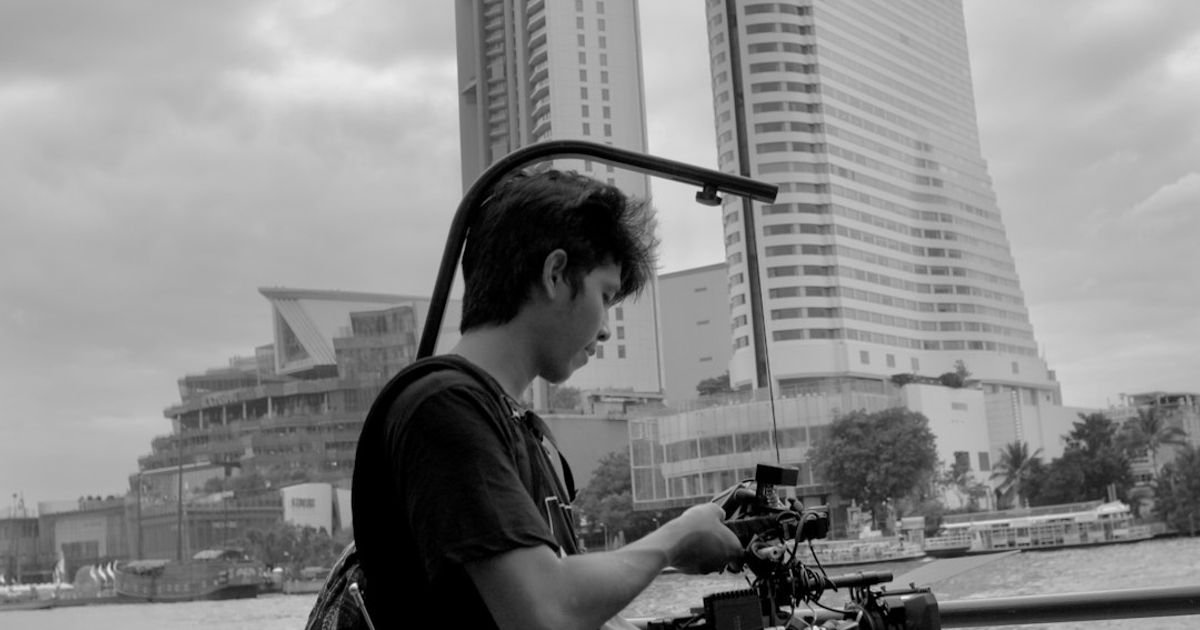Ai film making with google veo 3 explores the groundbreaking potential of AI in cinematic creation. This course teaches users how to leverage Google Veo 3 to generate compelling film content. Learn to create, edit, and refine videos using AI-powered tools.
Contents
- 1 📘 Ai film making with google veo 3 Overview
- 1.1 Module 1: Introduction to Google Veo 3 for Filmmaking
- 1.2 Module 2: Text-to-Video Generation with Veo 3
- 1.3 Module 3: Image-to-Video Generation with Veo 3
- 1.4 Module 4: Editing and Refining Veo 3 Generated Videos
- 1.5 Module 5: Producing Cinematic-Quality Short Films and Animations with AI Tools
- 1.6 Module 6: Advanced Veo 3 Techniques and Workflows
- 1.7 Module 7: Overcoming Limitations and Troubleshooting Veo 3
- 1.8 Module 8: Ethical Considerations and Future of AI Filmmaking
- 2 ✨ Smart Learning Features
📘 Ai film making with google veo 3 Overview
Course Type: Video & text course
Module 1: Introduction to Google Veo 3 for Filmmaking
1.1 Veo 3’s capabilities for video generation
Veo 3, Google’s next-generation video generation model, boasts significant advancements in generating high-quality, realistic, and creative videos from text prompts or visual references. Its capabilities can be broken down into several key areas:
-
Increased Realism and Detail: Veo 3 generates videos with higher resolution, more intricate details, and improved photorealism compared to its predecessors. This includes better handling of lighting, shadows, textures, and complex object interactions within the video. For example, instead of a blurry, generic depiction of a forest, Veo 3 can generate a video showing dappled sunlight filtering through the leaves, individual blades of grass swaying in the breeze, and realistic textures on the tree bark.
-
Enhanced Cinematic Control: Veo 3 provides finer-grained control over cinematic elements like camera movement (zooms, pans, tilts), shot composition (wide shots, close-ups), and editing techniques (cuts, transitions). A user could specify “Generate a video of a spaceship taking off, starting with a wide shot showing the launchpad and then a slow zoom following the rocket as it ascends.” Veo 3 would then generate a video adhering to those specific cinematic directions.
-
Style Transfer and Artistic Expression: The model excels at adapting to various artistic styles and mimicking the visual aesthetics of specific genres or filmmakers. A prompt like “Create a video of a cityscape in the style of a 1980s cyberpunk movie” would result in a video featuring neon lights, futuristic architecture, and a gritty, high-contrast visual style reminiscent of classic cyberpunk films.
-
Character Consistency and Narrative Coherence: Veo 3 aims to maintain consistency in character appearance and behavior across multiple scenes, contributing to a more coherent narrative. If the prompt includes multiple scenes involving a specific character, the model strives to ensure that the character’s physical features, clothing, and actions remain consistent throughout the generated video.
-
Understanding and Interpreting Complex Prompts: The model exhibits a greater ability to understand nuanced and complex textual prompts, accurately translating abstract concepts and creative ideas into visual form. Instead of simply generating a video of a dog, a prompt like “Create a heartwarming video of a golden retriever playing with a child in a sunlit park, capturing the joy and innocence of their bond” would result in a video that reflects the specified emotions and relationship dynamic.
-
Longer Video Generation: Compared to previous versions, Veo 3 can potentially generate videos with longer durations, allowing for more elaborate storytelling and scene development. This ability is crucial for creating more comprehensive and engaging content.
It’s important to remember that while Veo 3 demonstrates significant progress, it still faces challenges in generating perfectly realistic and coherent videos in every scenario. However, its enhanced capabilities offer exciting possibilities for filmmakers and creators to explore new forms of visual storytelling and streamline the video production process.
1.2 Comparing Veo 3 to other AI video tools
1.3 Setting up and accessing Google Veo 3
Module 2: Text-to-Video Generation with Veo 3
2.1 Crafting effective text prompts for Veo 3
2.2 Understanding prompt parameters and customization options
2.3 Generating different video styles and genres using text prompts
Module 3: Image-to-Video Generation with Veo 3
3.1 Using images as visual prompts for video creation
3.2 Combining text and image prompts for enhanced control
3.3 Animating still images with Veo 3
Module 4: Editing and Refining Veo 3 Generated Videos
4.1 Integrating Veo 3 outputs into video editing software
4.2 Adding transitions, music, and sound effects
4.3 Color correction and visual enhancements
Module 5: Producing Cinematic-Quality Short Films and Animations with AI Tools
5.1 Storyboarding and pre-visualization with AI assistance
5.2 Creating compelling characters and environments using Veo 3
5.3 Achieving specific cinematic styles with AI-generated visuals
Module 6: Advanced Veo 3 Techniques and Workflows
6.1 Creating seamless loops and animations
6.2 Experimenting with different aspect ratios and resolutions
6.3 Leveraging Veo 3 for specific VFX tasks
Module 7: Overcoming Limitations and Troubleshooting Veo 3
7.1 Addressing common issues with video generation
7.2 Optimizing prompts for better results
7.3 Working with artifacts and imperfections
Module 8: Ethical Considerations and Future of AI Filmmaking
8.1 Copyright and ownership of AI-generated content
8.2 The role of AI in the future of the film industry
8.3 Avoiding bias and promoting diversity in AI filmmaking
✨ Smart Learning Features
- 📝 Notes – Save and organize your personal study notes inside the course.
- 🤖 AI Teacher Chat – Get instant answers, explanations, and study help 24/7.
- 🎯 Progress Tracking – Monitor your learning journey step by step.
- 🏆 Certificate – Earn certification after successful completion.
📚 Want the complete structured version of Ai film making with google veo 3 with AI-powered features?

